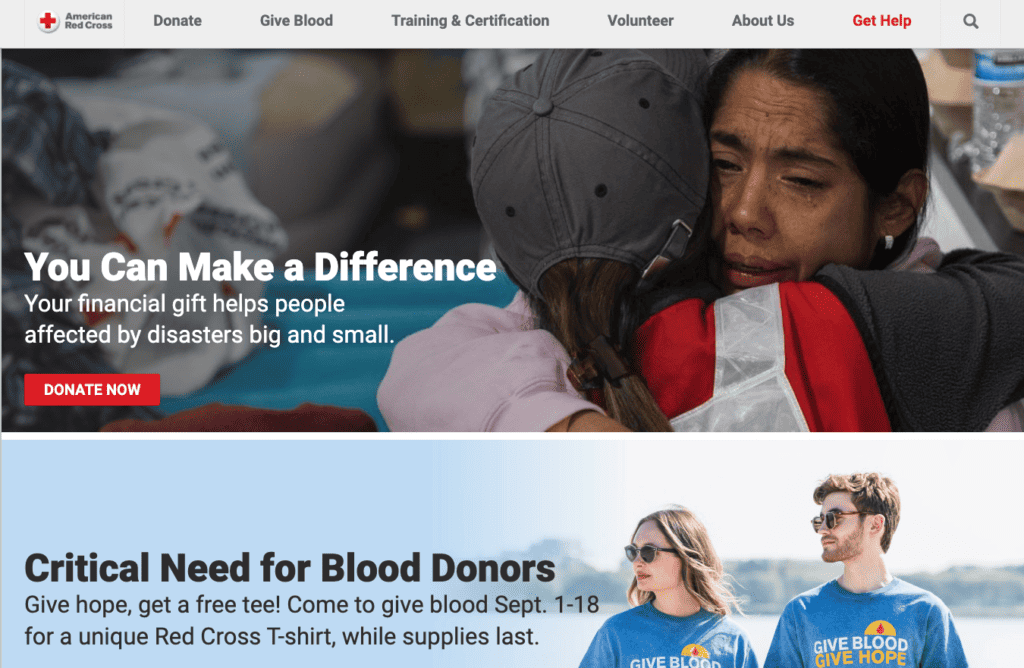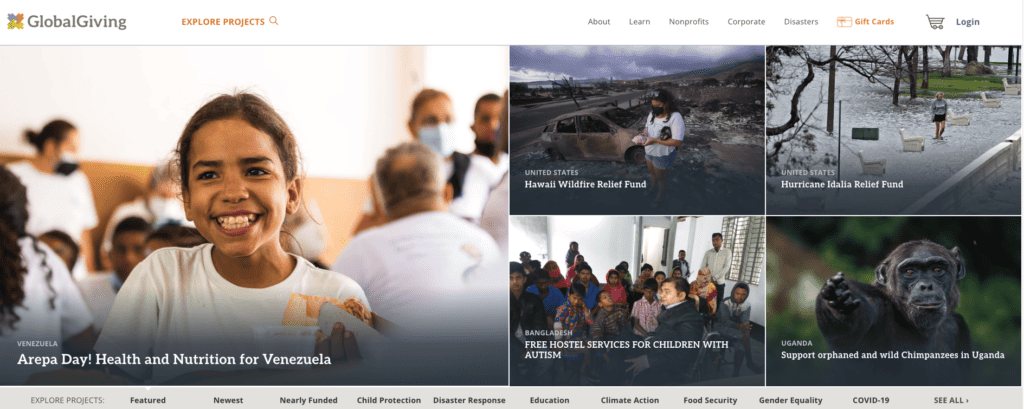SEO Strategies for Nonprofits: Boosting Visibility and Impact
In the vast digital landscape, where countless organizations vie for attention, standing out becomes a paramount challenge, especially for nonprofits. With limited budgets and resources, nonprofits often find it challenging to compete with larger entities in the digital space. However, with the right SEO strategy, even nonprofits can make a significant mark and ensure their message reaches the intended audience. One such powerful tool at their disposal is Search Engine Optimization (SEO).
SEO is not just about driving traffic to your website; it’s about attracting the right kind of traffic. For nonprofits, this means donors, volunteers, and those who resonate with the cause. Let’s delve into some proven SEO strategies for nonprofits and explore real-life examples of organizations that have successfully leveraged them.
1. Keyword Research and Optimization
Strategy:
Understanding what your target audience is searching for is the cornerstone of SEO. By identifying and optimizing for relevant keywords, nonprofits can ensure their content aligns with the queries of potential donors, volunteers, and supporters.
Real-life Example: The Red Cross
The Red Cross, known for its disaster relief efforts, optimizes its content around keywords related to specific disasters, emergency preparedness, and volunteer opportunities. By doing so, they ensure that individuals searching for ways to help during crises or seeking information on disaster preparedness find their resources easily.
2. Local SEO
Strategy:
Nonprofits often operate within specific communities or regions. By optimizing for local SEO, they can ensure visibility among local audiences, fostering community engagement and support.
Real-life Example: Local Animal Shelters
Many local animal shelters optimize their websites for local SEO. When individuals in their vicinity search for terms like “adopt a pet near me” or “local animal shelters,” these organizations appear prominently in search results, driving local traffic and increasing adoption rates.
3. Quality Content and Backlink Building
Strategy:
Creating high-quality, relevant content not only provides value to your audience but also positions your nonprofit as an authority in your domain. It’s an important part of a good nonprofit digital strategy. Coupled with a robust backlink strategy, where reputable sites link back to your content, search engines recognize your site’s credibility, boosting its ranking.
Real-life Example: GlobalGiving
GlobalGiving is a global nonprofit that connects other nonprofits, donors, and companies in nearly every country. They provide fellow nonprofits with the funding, tools, training, and support they need to serve their communities. By producing compelling content about their projects, the global challenges they address, and stories of communities they’ve impacted, they’ve positioned themselves as an authority in the nonprofit sector. Their authoritative content has garnered backlinks from reputable sites, amplifying their online visibility and driving more donors and nonprofits to their platform.
Addressing Pain Points:
- Limited Budgets: SEO, when done right, provides a cost-effective way to increase online visibility. Unlike paid advertising, where you pay for every click, SEO drives organic traffic to your site, offering a higher return on investment over time.
- Competing with Larger Entities: With a strategic approach to SEO, even smaller nonprofits can compete with larger organizations. By focusing on niche keywords, local SEO, and building a repository of quality content, nonprofits can carve out their space in the digital realm.
- Reaching the Right Audience: SEO is not about attracting vast numbers; it’s about attracting the right people. By understanding and optimizing for the queries of potential donors, volunteers, and supporters, nonprofits can ensure they’re reaching an audience that resonates with their cause.
- Staying Updated with Algorithm Changes: Search engine algorithms are continually evolving. Nonprofits must stay updated with these changes to ensure their SEO strategies remain effective. Regular audits, continuous learning, and adapting to new best practices are crucial.
Conclusion:
In today’s digital age, where online visibility can make or break an organization’s outreach efforts, SEO emerges as a beacon for nonprofits. It offers a pathway to not only increase online presence but to do so in a manner that resonates with the mission and values of the organization. By understanding the unique challenges nonprofits face and tailoring SEO strategies to address them, these organizations can ensure their message reaches far and wide, driving support, engagement, and lasting impact.



